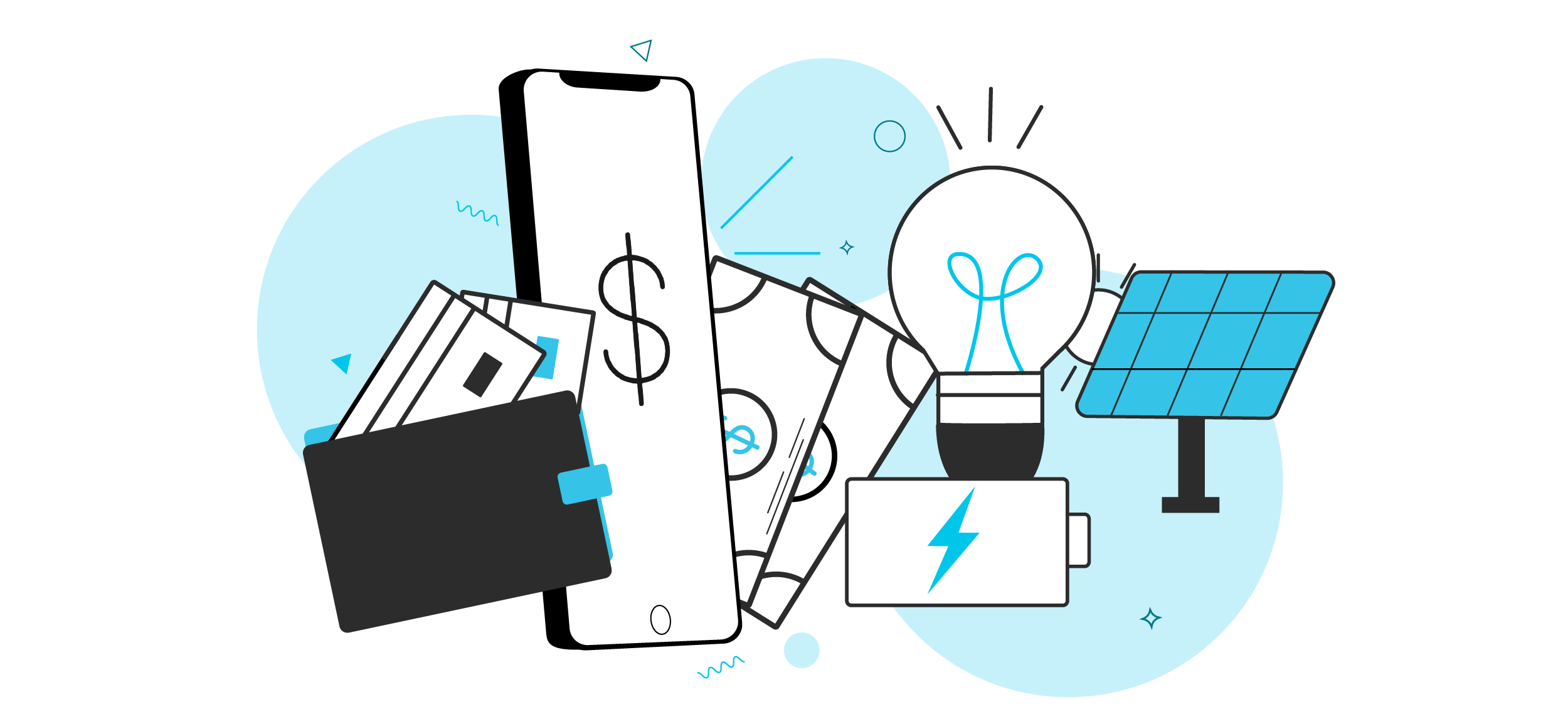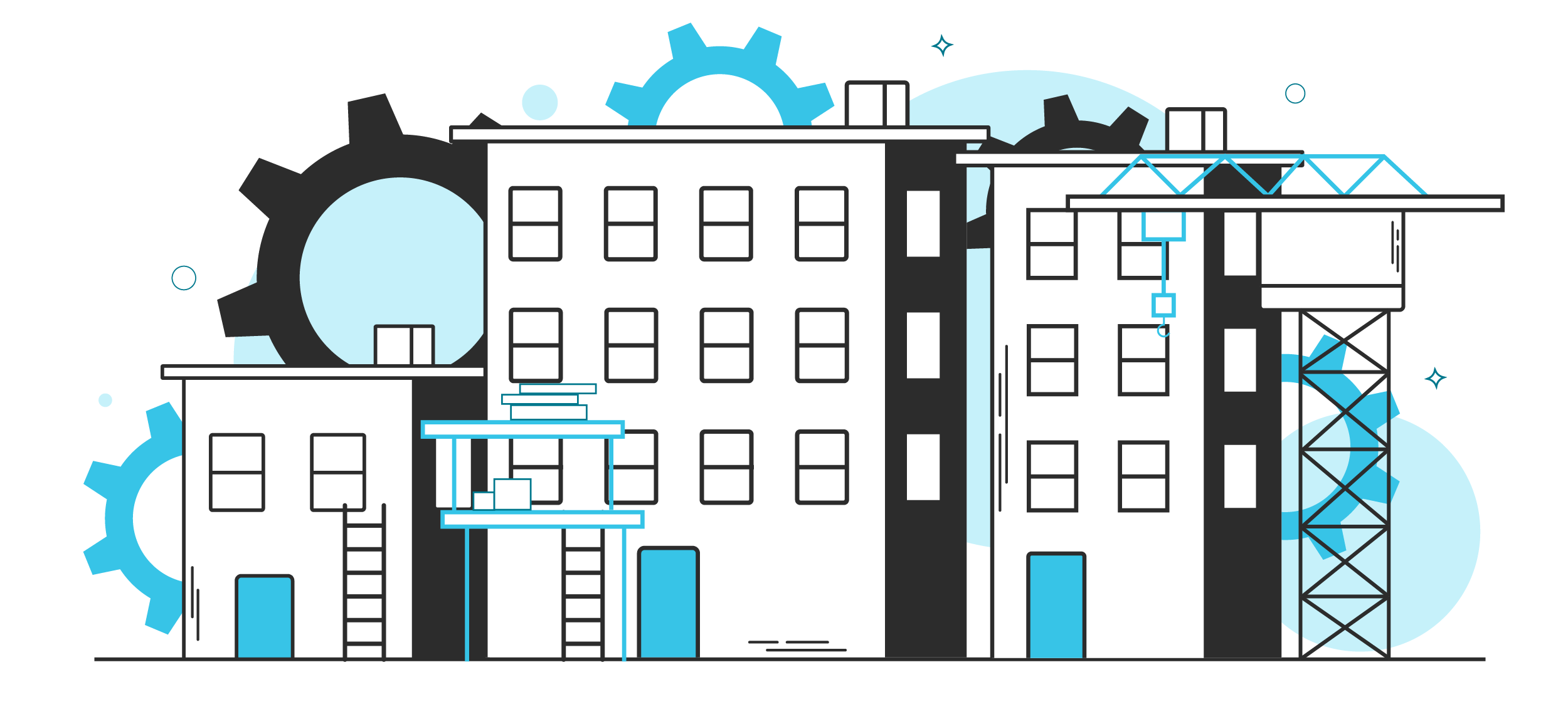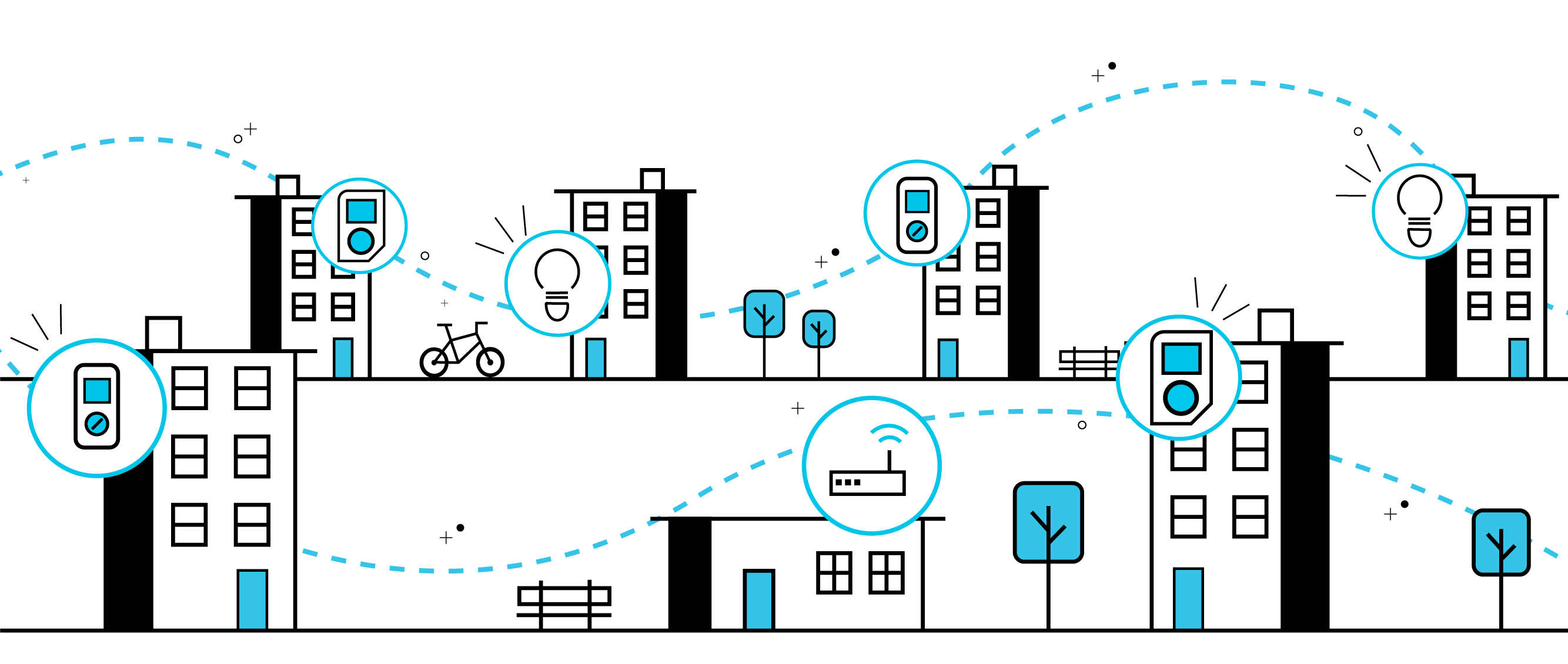How To Cut Costs by Retrofitting Apartment Buildings with Smart Technology
Understanding Retrofitting and its Cost-Cutting Potential
Retrofitting apartment buildings with smart technology has become a revolutionary approach for cost-conscious property owners. But what exactly is retrofitting? and why is it significant in enhancing property value? Retrofitting involves the addition of new technologies or features to existing structures to improve their overall functionality. In the context of apartment buildings, this can range from upgrading security systems to integrating energy-efficient solutions. The significance lies not only in modernizing the property, but also in boosting its market value.
What is a Retrofit and its Significance in Property Enhancement?
Retrofitting goes beyond cosmetic upgrades; it addresses fundamental aspects of a building's infrastructure. Enhancing property value through retrofitting involves not only meeting current standards but also anticipating future trends. Smart technology plays a pivotal role in this transformation. By incorporating cutting-edge systems, such as smart thermostats, integrated security, water leak sensors and automated lighting powered by networks like LoRaWAN or WiFi, property owners can significantly enhance both the appeal and functionality of their buildings.
The role of smart technology in transforming retrofitted buildings is evident in the seamless integration of various systems. For example, a property management system integrated with a smart IoT property management system can centralize control over heating, ventilation, and air conditioning (HVAC), lighting, and security. This not only simplifies operations but also offers potential cost-cutting benefits through improved efficiency.
Leveraging Smart Technology for Financial Savings
Exploring the various types of smart technologies applicable to building management unveils a plethora of options for financial savings in both operations and maintenance. Smart thermostats, for instance, can intelligently regulate heating and cooling based on occupancy, leading to reduced energy consumption. Automated lighting systems can ensure lights are only on when needed, further contributing to energy efficiency.
Smart technology also enables predictive maintenance, helping property owners address issues before they become costly problems. For instance, water leak sensors, placed in potential leak areas like water connections, can monitor leaks allowing for timely repairs or replacements. This proactive approach not only minimizes water waste, but also expensive, unforeseen water bills.
The Role of Smart Technology in Building Retrofitting
Utilizing Smart Tech for Building Energy Conservation
One of the primary cost-cutting benefits of retrofitting with smart technology lies in building energy conservation. Energy-efficient solutions, such as smart HVAC systems and solar panels, can significantly reduce electricity bills. In apartment communities, renters can create thermostat schedules that match their lifestyle and ensure comfort while optimizing energy use.

Investing in renewable energy sources, like solar panels, can turn apartment buildings into energy producers. Excess energy generated during peak sunlight hours can be fed back into the grid, providing additional revenue streams for property owners. This not only cuts down on operational costs but also positions the building as environmentally responsible, appealing to eco-conscious prospects.
Optimizing Efficiency and Reducing Operational Costs
Smart technology also facilitates centralized control and monitoring of building systems. Remote management capabilities enable property owners to adjust settings, receive alerts, and analyze data without being physically present. This reduces the need for on-site personnel, cutting labor costs while improving operational efficiency.
Benefits and Savings Through Smart Retrofitting
In summary, the advantages of employing smart retrofitting strategies are multifaceted. Beyond the initial investment, these strategies contribute to long-term cost savings and enhanced property value. Improved energy efficiency, streamlined operations, and predictive maintenance not only reduce operational costs, but also extend the lifespan of building components.
The appeal of technologically advanced, energy-efficient apartments is growing among renters, allowing property owners the option to increase rental rates accordingly. Moreover, the market value of retrofitted buildings tends to appreciate faster than traditional structures. By embracing smart technology, property owners can position their apartments as sustainable, modern living spaces, attracting a wider range of residents and ensuring a competitive edge in the real estate market.
In conclusion, retrofitting apartment buildings with smart technology is not just a modernization trend; it's a strategic investment in the future. As technology continues to evolve, staying ahead of the curve through smart retrofitting ensures that your property remains attractive, efficient, and cost-effective for years to come. Explore the possibilities, embrace innovation, and witness the transformative power of smart technology in cutting costs and enhancing the value of your apartment buildings.



